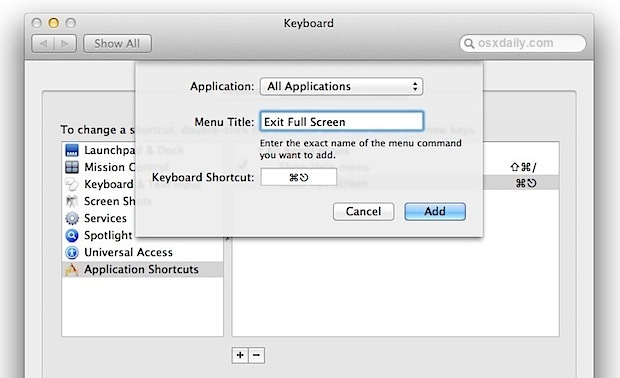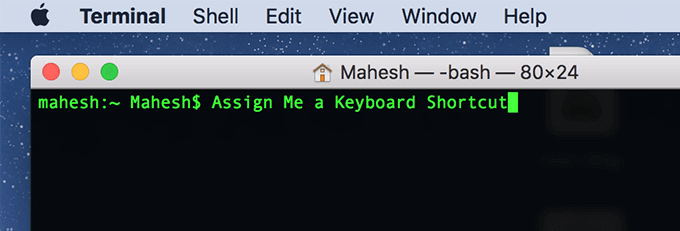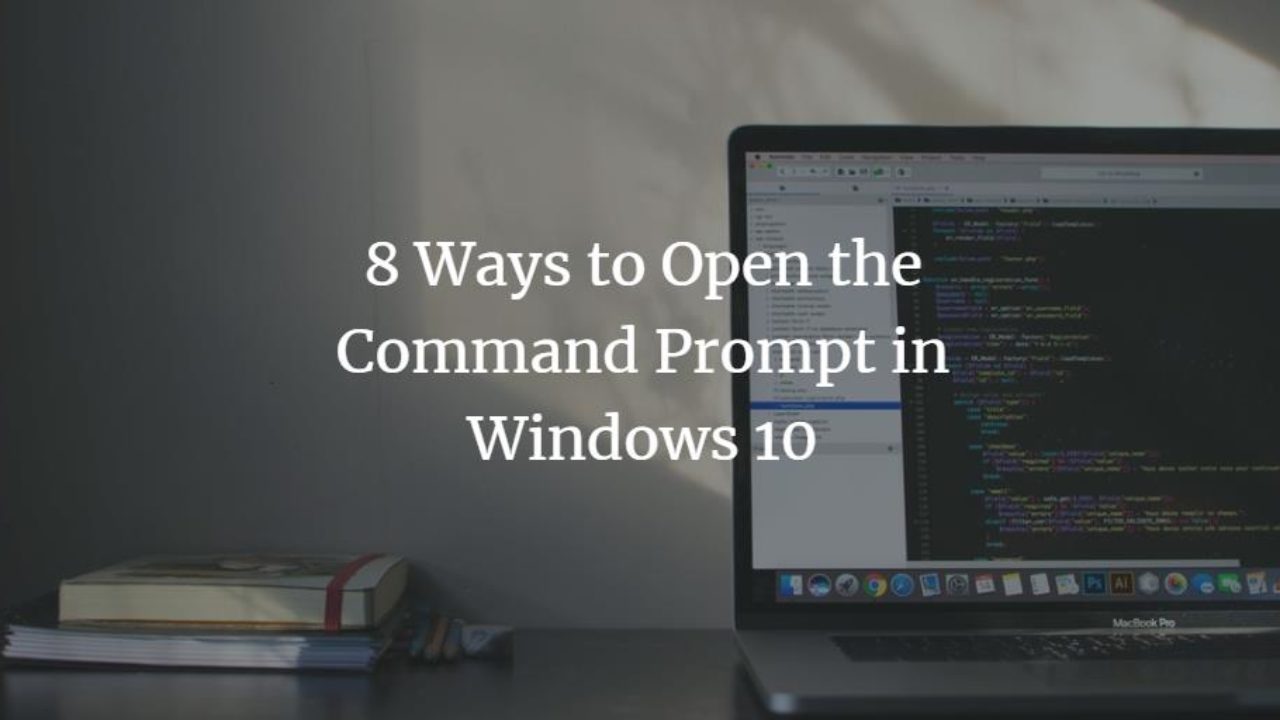
#Command prompt shortcut mac how to
You must already know how to open the command prompt through the start menu. The alias edit means that when you type the command in that word and press Enter in the Terminal, it will follow the command that it equates to, which would be open /.bashprofile. Below the commenting is where you find the standard syntax for creating an alias (shortcut command) for your machine to recognize. If you are doing this from home, command prompt probably won't be blocked.
#Command prompt shortcut mac windows 10
Thankfully, Windows 10 provide your some easy and quick ways to open cmd as administrator, saving you the trouble of entering the admin password each time.

In case you want to change the current shortcut’s icon, you can easily do that from the “Shortcut Properties” section. Pretty much, but that was simple right? You can create more such shortcuts using the Task Scheduler and bypass the permission prompt ( UAC). Double click on the shortcut and now you can open the Cmd prompt window with admin rights straight from your desktop. I’ve used CmdAdmin for clarity if anyone else uses the computer.

Simply copy the command, paste and click next. Now type the command that’ll run the task we created with the Task Scheduler which was RunCmd which will look like schtasks /run /tn "taskName" schtasks /run /tn "RunCmd" You’ll be prompted by another dialog box. Right-click on the desktop, select “New” and then choose “Shortcut” from the context menu. Now let’s create a shortcut for this task (That was our aim remember?) If you see a Cmd window, that means that you’ve successfully created the task. To check if the task you made works fine, from the left side-pannel, click on “Task Scheduler Library” and search for the task (RunCmd) in the middle section. Note: You can also find the location by right-clicking on the Cmd icon in the start menu. You’ll find it in My Computer > Windows > System32 > Cmd. To do that, select “New” from the bottom and browser to the app’s location. This defines what happens when the task starts. If you don’t disable this, when you use the shortcut, it wouldn’t open the command prompt until you plug in the charger. Now tap on “Conditions” from the top menu and from the “Power” section, disable “Start the task only when the computer is on AC Power”. We do this so that it could run with elevated admin permission. You can also write a description if you want.Įnable “Run with Highest Privileges” from the bottom. Type in the name of the task, in our case “RunCmd”. Now you’ll get another dialog box for creating a task. To launch, simply write Task Scheduler in the Start Menu and select the app.įrom the Actions tab on the right, tap on Create Task. Alternatively, you can search for cmd and press Ctrl+Shift+Enter.Next, right-click on the ‘cmd’ and select run as administrator.Open the Start Menu and type cmd, you will see the ‘cmd’ program appearing in the search result.




 0 kommentar(er)
0 kommentar(er)
